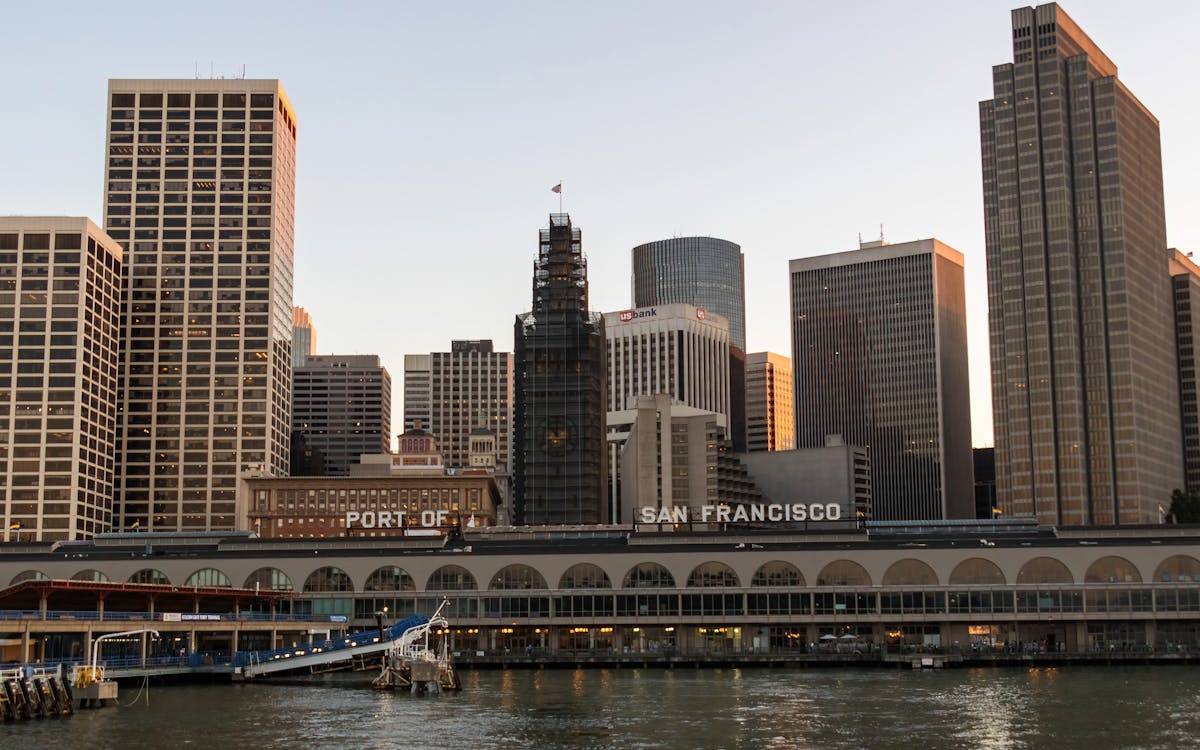People, Purpose, and Bay Preservation
People, Purpose, and Bay Preservation
Blog Article

Why Restoration Matters More Than Ever in the Bay Area
Over the last few decades, the San Francisco Bay has weathered the effect of metropolitan growth, commercial advancement, and climate modification. Once teeming with wild animals and lush wetlands, a number of the bay's natural environments have been fragmented or degraded. Yet in the middle of these obstacles, something impressive is occurring: neighborhood citizens, volunteers, and grassroots efforts are leading a wave of ecological remediation that's bringing new life back to the Bay.
Reconstruction isn't almost planting trees or tidying up trash, though those initiatives are necessary. It's regarding rebuilding the structures of life, from marsh grasses that support fish baby rooms to shoreline buffers that defend against flooding. And in this region, the power of area involvement is transforming the tide extremely realistically.
From Marshland to Miracle: The Return of Native Habitats
Among the most noticeable changes occurring in the Bay Area is the re-emergence of indigenous habitats. Marshes that were as soon as drained or led over are being rehydrated and replanted. Grasses and bushes aboriginal to the region are being cultivated by neighborhood teams, that commonly depend on regional volunteers to aid grow plants and handle regulated growing events.
These native plants do greater than include greenery to the landscape. They provide sanctuary to migratory birds, pollinators, and tiny creatures, creating pockets of biodiversity amid hectic metropolitan areas. As these environments increase, so does the ecological health of the Bay itself. When regional citizens take time out of their weekend breaks to get their hands in the soil, they're not just planting-- they're participating in the repair of a living, breathing ecological community.
The Role of Education in Fostering Environmental Stewards
Education and learning plays an essential part in why these community-led efforts are working so well. Schools, neighborhood facilities, and not-for-profit teams are organizing hands-on discovering experiences where participants of all ages can understand the scientific research and significance of reconstruction. These programs often bring individuals one-on-one with problems like erosion, pollution, and water level rise-- subjects that can really feel abstract until they're seen up close.
When someone sees the fragile balance of a tidewater or finds out exactly how a single plant varieties can filter toxic substances from the water, the value of that expertise ends up being personal. And with that said understanding comes the motivation to act. Restoring ecological communities ends up being less of a duty and more of a goal. This deep connection to neighborhood spaces is what establishes the Bay Area apart and fuels the lasting success of these efforts.
Harnessing the Digital World to Drive Real-World Change
Remarkably, the push to recover the Bay's communities isn't taking place in isolation from the electronic globe. Technology is coming to be a powerful device in rallying support, spreading out recognition, and connecting neighborhoods. Whether through citizen scientific research applications that track native types or area discussion forums organizing repair occasions, the online space is matching boots-on-the-ground activity.
Over the last few years, also regional outreach methods have advanced. For example, a social media marketing agency in the Bay Area may sustain ecological projects by aiding volunteers magnify their effect, tell their stories, and motivate others to obtain included. These digital touchpoints have the power to transform a tiny weekend cleanup right into a local motion simply by allowing people know it's taking place-- which it matters.
Email Campaigns That Inspire and Inform Local Change-Makers
An additional digital strategy making a substantial distinction is email interaction. Updates regarding restoration occasions, seasonal planting initiatives, and donation drives are commonly shared through carefully crafted e-newsletters that strike a balance in website between being useful and motivating. It's not uncommon for a well-timed project from an email marketing agency in San Francisco to bring a thrill of volunteers or donations to a job in need.
These email projects aren't just transactional-- they're transformative. By informing clients about the direct effect their participation has, they support lasting engagement. Visitors involve feel like stakeholders in the health and wellness of their area, which psychological link converts to lasting commitment.
The Unseen Work of Connecting Data, Communities, and Nature
Behind every successful remediation job exists an intricate internet of coordination. There's research to recognize what environments need most, neighborhood responses to form inclusive strategies, and follow-up surveillance to make sure success. This kind of ongoing initiative usually needs not just heart, yet information, strategy, and interaction.
That's where the assistance of a digital marketing company in the Bay Area can make a quiet but essential difference. By aiding organizations build solid digital systems, collect insights, and improve their messaging, these teams allow area teams to scale their impact. The result is a more linked and efficient activity, where every action counts, and everyone feels like they're component of something bigger.
The Power of People in Preserving the Bay's Future
If there's one point the Bay Area has shown, it's that restoration doesn't need to start with huge institutions or substantial budget plans. It can start with one neighbor pulling weeds from a route, one student planting an indigenous sapling, or one household turning up to a shoreline clean-up. These tiny actions add up, specifically when they're sustained by smart methods and shown to the broader neighborhood.
There's something uniquely hopeful regarding seeing the trends transform-- both figuratively and literally-- in favor of nature. The Bay is far from completely recovered, but it's being revived each day with the perseverance and treatment of those that call this area home. With each marsh rebuilt and each indigenous species safeguarded, we're not just bring back environments-- we're visualizing what's feasible when areas lead with objective.
Maintain following this blog site for even more stories on regional modification, neighborhood effect, and the ways you can be part of safeguarding the natural beauty that surrounds us.
Report this page